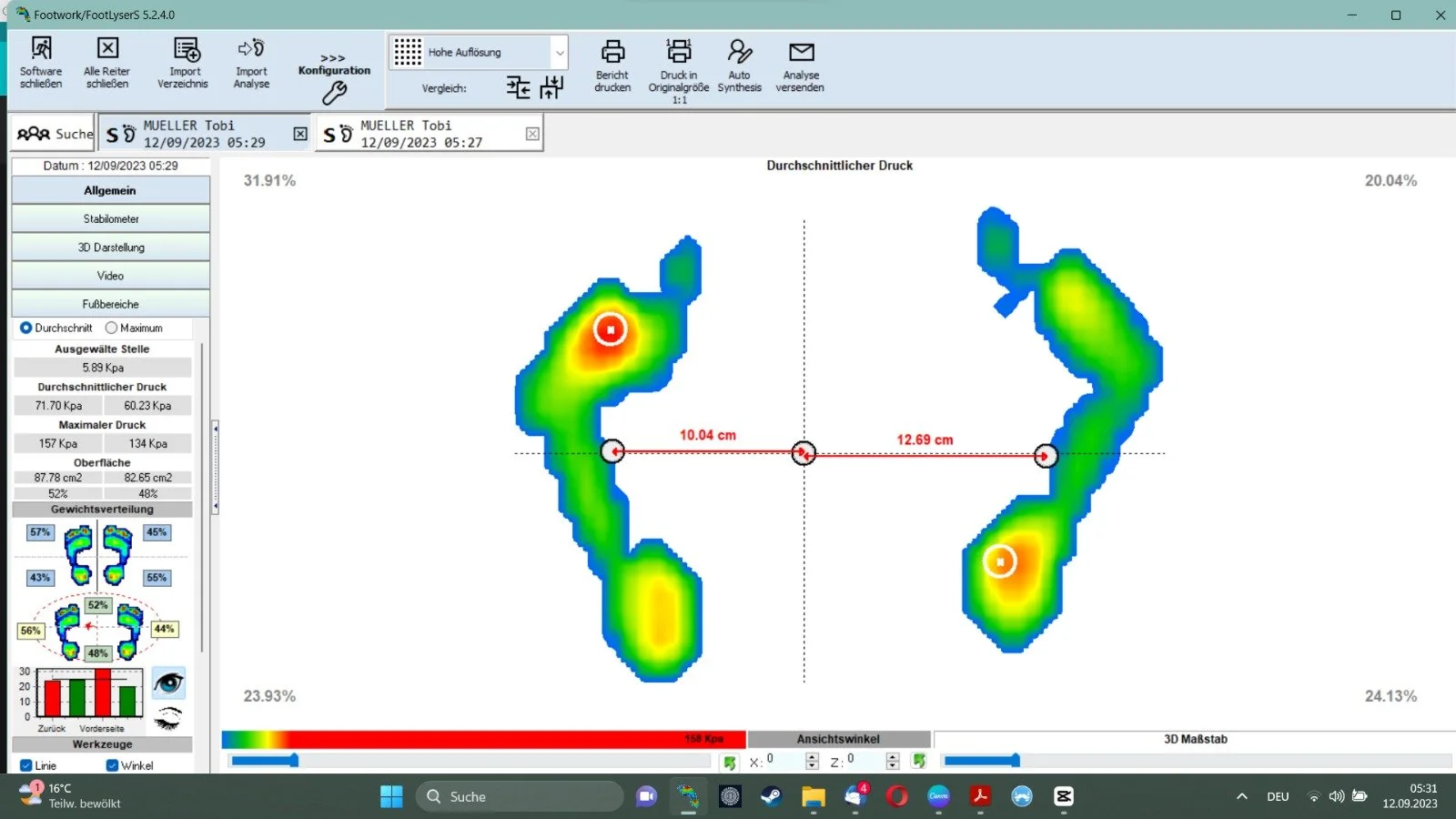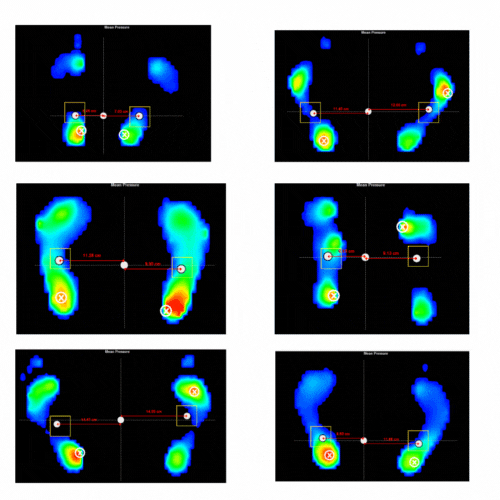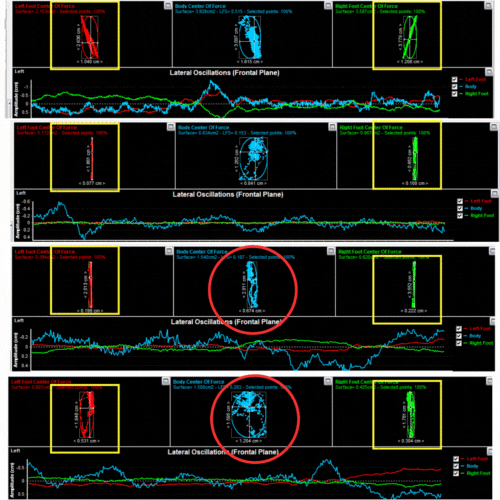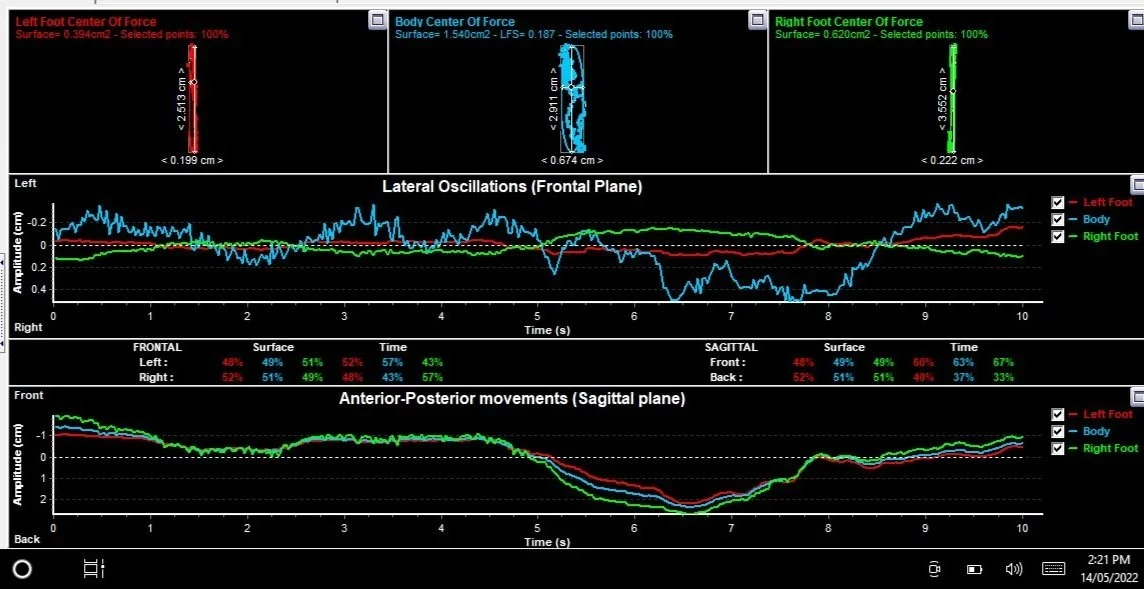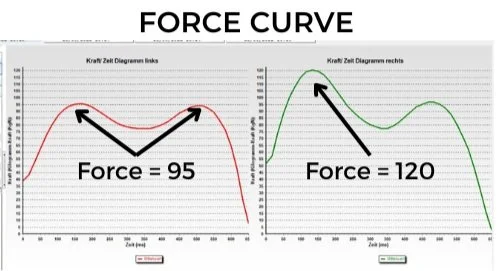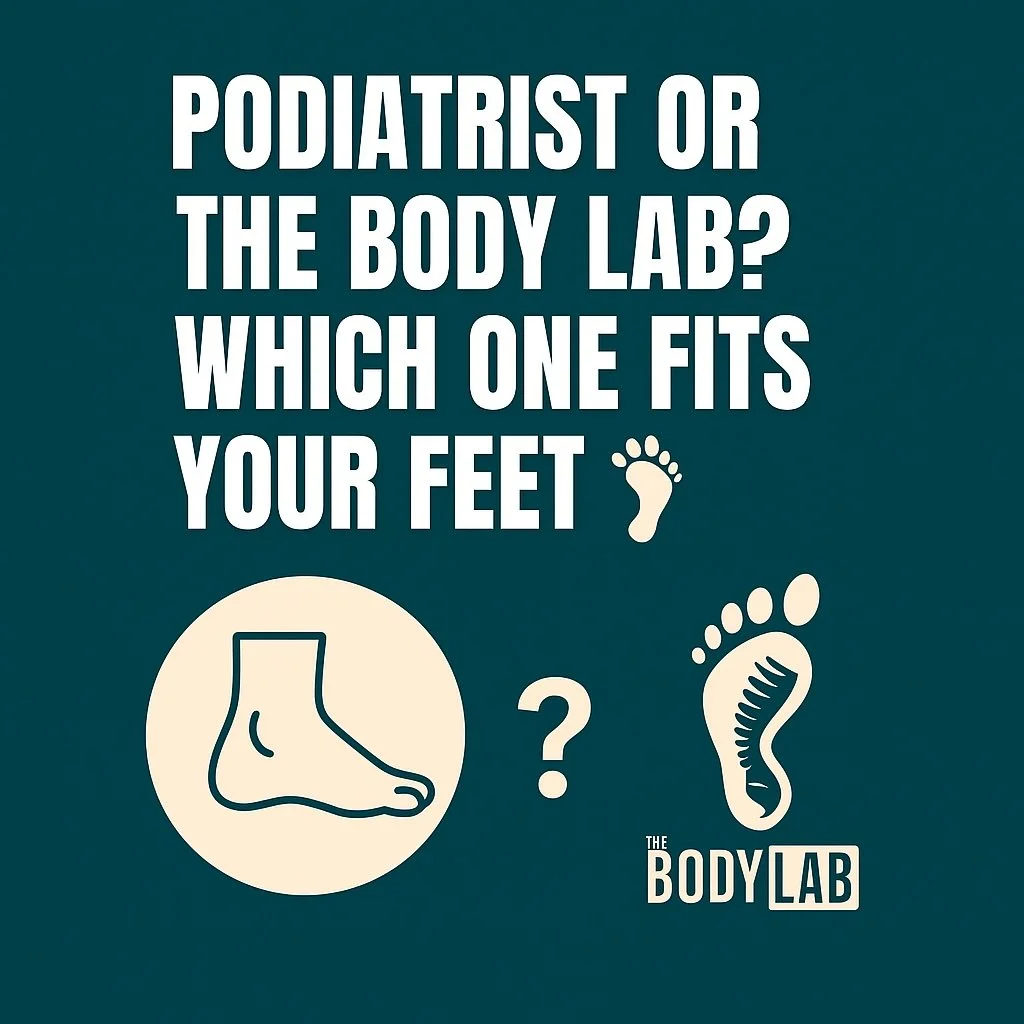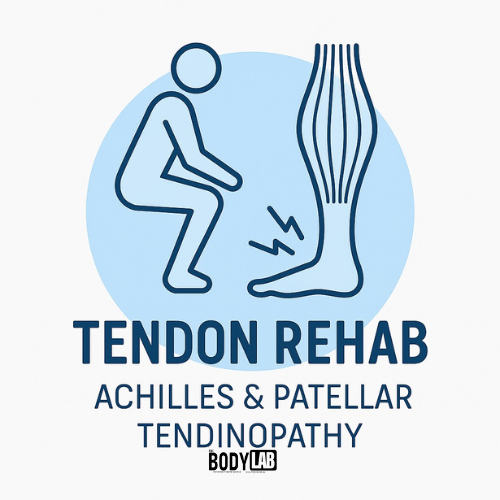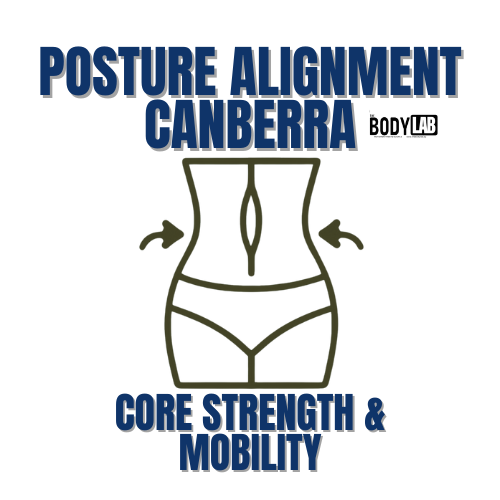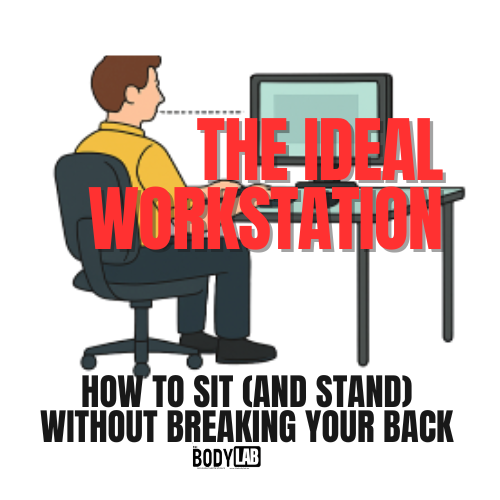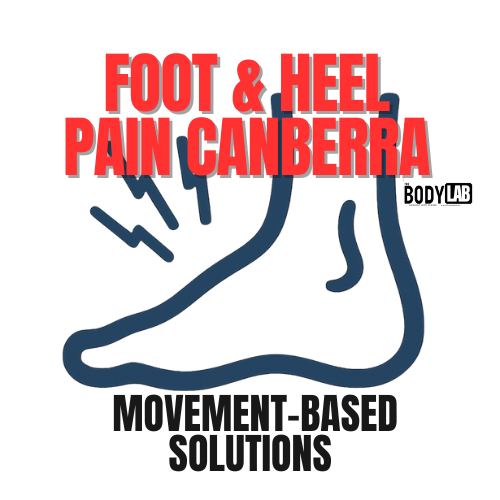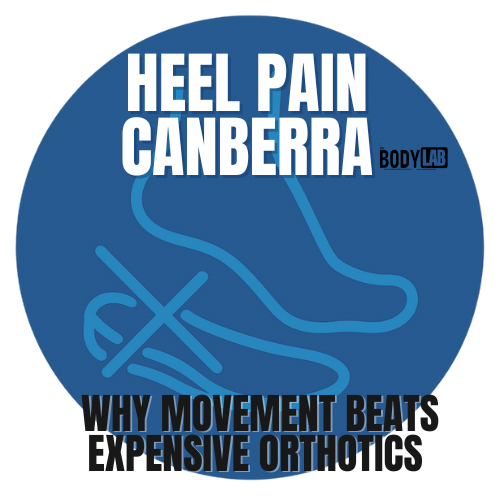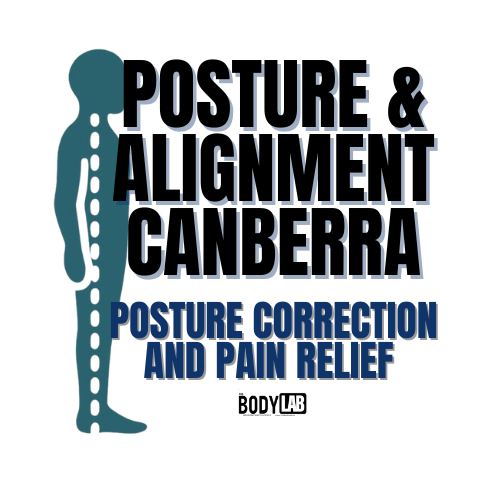Beyond Orthotics: What Pressure Plate Analysis Can Tell You About Your Whole Body
Founder, The Body Lab – Canberra’s Only Clinic Using Advanced Pressure Plate Analysis
Ever wonder what your feet are really doing when you walk or stand?
If you’ve been to a podiatrist, chances are you’ve seen a pressure plate—but probably only used to fit orthotics. At The Body Lab, we take things further. I’ve used this technology for over six years to analyse the whole body—not just the feet—through foot pressure. And the results? A clearer picture of movement dysfunction, better treatment outcomes, and long-term change.
Here’s how it works, what it tells us, and why it matters more than you think.
What Is Pressure Plate Analysis?
The AmCube pressure plate measures how your feet interact with the ground, both when standing (static) and walking (dynamic). It tells us:
How weight is distributed across each foot
Whether force travels efficiently from heel to toe
If your centre of mass is balanced—or working overtime to keep you stable
This matters because your foot is your first interface with the ground. If it’s not functioning well, your knees, hips, and spine have to pick up the slack.
Feet pressure represents the centre of mass on the ground.
Static Measurements – What We Learn When You Stand Still
1. Foot Pressure Mapping
When you stand still on the plate, it shows:
Which areas of the foot take on the most pressure (blue = low pressure, red = high)
Whether your arches are collapsing or holding shape
Where your body places its centre of mass
This tells us whether you're favouring one side, shifting forward, or rotating through the pelvis and spine—all without moving a muscle.
A therapist can use this information to find your centre of mass, which tells us about your stability and upper body movement. It also gives us detailed info about the pressure and centre of pressure in each foot.
2. Centre of Pressure (CoP)
The red dot between your feet represents your whole-body centre of pressure. Yellow squares show CoP in each foot.
Ideally, these should line up evenly. If they don’t, we may see:
Pelvic rotation
Spinal shift
Asymmetrical foot loading.
A therapist can use this information to check if your pelvis or spine is rotating. The centre of pressure should be the same location in both feet. If it's more forward or backward, it could mean there is a rotation the pelvis or upper body. This is shown by the dot in the centre between your feet on the image.
3. Stabilometry (a.k.a. Posturology)
This static balance test tracks subtle movements in your centre of mass while you stand.
Blue = spine/pelvis movement
Red = left foot stability
Green = right foot stability
Oval shapes reveal how your body tries to stabilise itself. A longer oval? More front-to-back movement (often in high-arched or rigid feet). A wider oval? More side-to-side (common in flatter feet). Either way, we get a snapshot of how your nervous system manages posture.
A therapist can use this information to understand where your body weight is constantly shifting and reveal any hidden preferences or areas that you avoid, such as experiencing hip pain on one side. The size of the circles, which represent the width and length of your movability, gives the therapist an idea of how well your feet can adjust and reflects the wider implications of your body's stability and ability to move.
Dynamic Measurements
The pressure plate can determine how pressure is spread in your feet while walking. This measurement is crucial for analysing your feet and body in ways that aren't visible. Dynamic analysis offers 5 various measurements.
1. Visual Foot Mapping
Coloured heat maps show pressure as you walk—from heel strike to toe-off. This helps us locate overload, compensation, and inefficiency.
This helps the therapist understand how the foot is working and performing, and shows areas where there is more or less pressure. It also provides a guide for any areas that need extra attention.
2. Walking Line
This white line represents your centre of mass during gait. Deviations inward or outward suggest:
Excessive pronation or supination
Reduced ankle or hip control
This tells the therapist if your foot can handle and soak up the pressure as you walk in the right spots on your foot. If the line goes too far inside or outside the usual line, then your foot is either stuck rolling inward or rolling outward.
3. Maximum Force Line
This purple line tracks peak pressure per step. Ideally, it matches the walking line. If it doesn’t, you may be:
Overworking one part of your foot
Instability causing your body to compensate elsewhere
This tells the therapist how hard the nervous system must to work to keep the foot and body stable. The further the purple line moves from the white line (centre of mass), the more unstable the person is.
4. Velocity of Centre of Pressure
How fast pressure moves across the foot = how freely you move. Slower transitions may indicate:
Joint restrictions
Neurological tension
This lets the therapist know if there are any joint blockages in the foot and body. Speed directly affects how well you can move and any problems you may have with function.
5. Force Curve (Peak Pressure Moments)
Each step should show equal force left and right. Differences suggest:
Mass shifted to one side
Reduced momentum return
This lets the therapist know how efficient your entire body is working. The amount of force generated as you walk should be equal dispersed and returned to the body. The image of the force curve display more force on the right foot (green curves) then left (red curves) and may represent more body mass on the right side of the body as someone walks.
What Conditions Do We Assess with the Pressure Plate?
We use this technology to guide treatment for:
Heel pain / Plantar fasciitis – Often from inner heel overload
Forefoot pain – Linked to neuromas, bunions, bursitis, callus formation
Bunions – Poor push-off mechanics can be seen clearly
Hip and low back pain – Caused by foot compensation patterns
Balance issues – Especially in older adults or post-injury
We often discover issues that traditional exams miss—like why your “flat feet” are really just stuck in a poor timing pattern..
Using Pressure Plate Data to Design Your Treatment Plan
Here’s the difference: at The Body Lab, we use your pressure plate data to inform your whole-body plan.
Mobilise stuck joints
Improve foot and ankle coordination
Strengthen weak points (e.g., calves not absorbing enough force)
Retrain push-off mechanics
No one-size-fits-all orthotics. Just real-time data guiding real change.
Want to Know What Your Feet Are Really Doing?
Book a session at The Body Lab and experience our Advanced Movement & Gait Assessment, including pressure plate analysis.
Let’s get to the root of your pain and help you move better—for good.
📍 Canberra’s leader in functional movement and foot mechanics.

